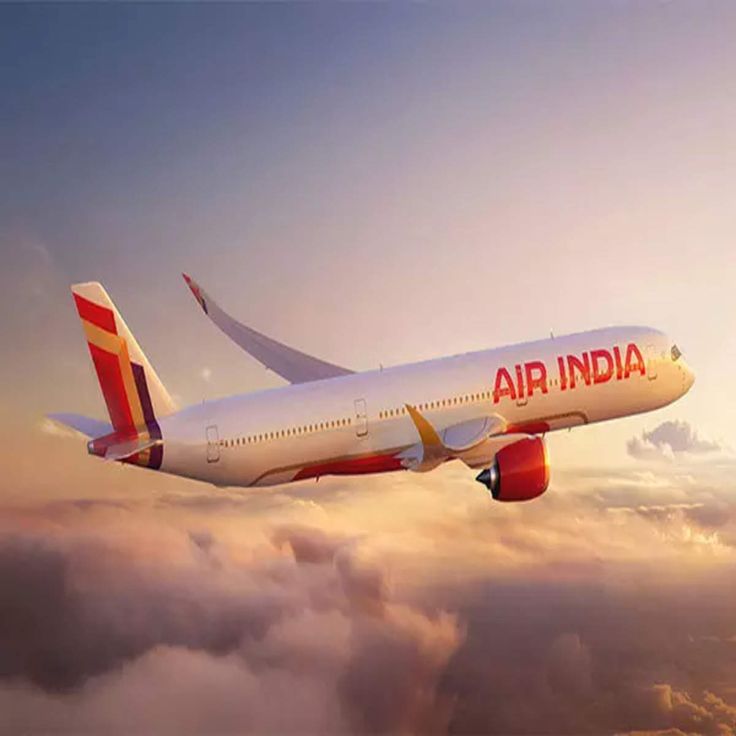
Once celebrated as the jewel of Indian aviation, Air India today stands as a cautionary tale of bureaucratic decay, corporate negligence and Institutional failure. While its legacy began with the visionary J.R.D. Tata in 1932 the airline’s decline is not merely a story of mismanagement but also a reflection of deeper flaws within the global aviation industry, particularly Boeing.
From Tata’s Dream To Govt Control
Founded as Tata Airlines, Air India earned national admiration in the 1950s and 60s for its luxury, service and innovation. Airlines like Singapore Airlines and Cathay Airlines drew inspiration from its in-flight experience and hospitality. However, in 1953 the Indian govt nationalised the airline despite open opposition by J.R.D. Tata. Though he remained the chairman for years, the airline fell into the hands of bureaucrats with no experience in aviation.
The 2000’s: Merger And Missteps
Air India’s fate took a sharp turn in 2007 when it merged with Indian Airlines. Intended to reduce losses, the merger only magnified the airline’s problems such as overstaffing, operational chaos and overlapping management structures which led to ballooning costs and inefficiencies. Around the same time, the govt ordered a fleet of new aircraft from an American airplane manufacturing company Boeing.co
Boeing: A Corporate Giant With Cracks
Boeing, one of the world’s leading aircraft manufacturers, has faced intense global scrutiny for its 737 Max crashes that claimed 346 lives. Investigations revealed that Boeing.co had concealed safety issues and manipulated the certification process. Yet Air India like many other state-run carriers, invested heavily in its aircraft.
The result? Underutilized wide-body jets, frequent technical issues and costly maintenance. Incidents involving Boeing aircraft from cabin decompression to falling window panels further damaged customer trust and the airline’s already fragile image.
Bureaucracy meets Boeing: A Dangerous Mix
According to the 2021 JournalINX Case study by Shokeen, Ruwali and Ram the core issue wasn’t nationalization or privatization it was incompetent leadership. Airline management was filled with officials lacking industry knowledge, making decisions without foresight or accountability.
With no performance incentive and no pressure to innovate, the airline began to bleed money amassing losses of over $8.43 billion by 2020 at the same time Boeing continued to thrive, profiting from large government-backed deals regardless of the term sustainability of airlines involved.
Privatization: A Return Not A Rescue
In 2021, Air India was sold back to the Tata Group for 18,000 crore a symbolic homecoming. But the road to recovery is steep. Tata inherits an airline plagued by decades of mismanagement, outdated infrastructure, low morale and a damaged reputation.
Conclusion: A National Tragedy or a Global Pattern
Air India’s downfall is more than just mismanagement; it’s a warning shot to global aviation. In 2018, a Boeing aircraft operated by Air India experienced severe turbulence mid-flight leading to the cabin window panel detaching at 15,000 feet injuring passengers and sending shock-waves across the industry. In another bizarre event in 2021, a bat was found flying inside an Air India plane, forcing an emergency return. These are not isolated incidents its symptoms of a broken system.
This reflects the result of unchecked government control, poor safety oversight and corporate negligence from manufacturers like Boeing, a company already under fire globally for hiding fatal design flaws in its 737 MAX jets. Until leadership is entrusted to professionals, not politicians, and until corporations like Boeing are held accountable beyond billion-dollar settlements, the skies will remain turbulent not just for passengers, but for the future of aviation itself.
